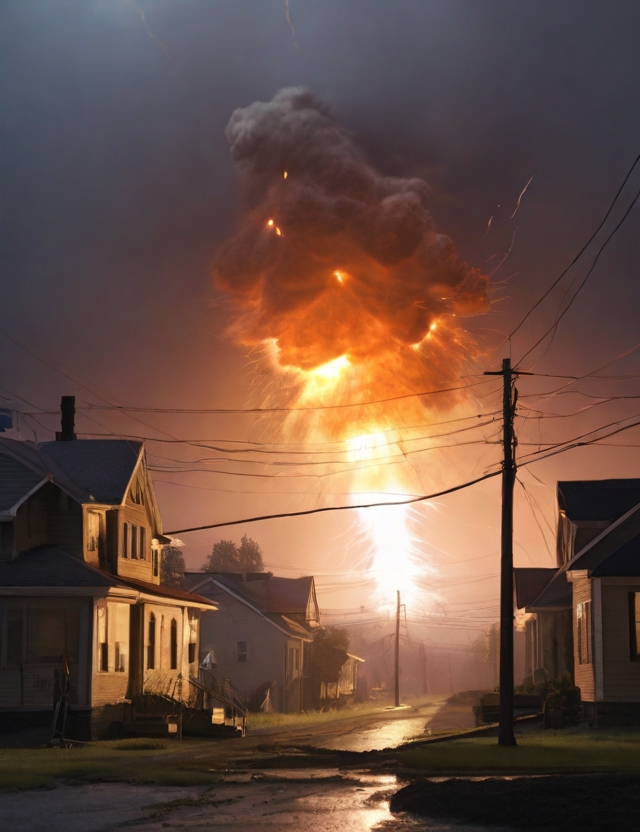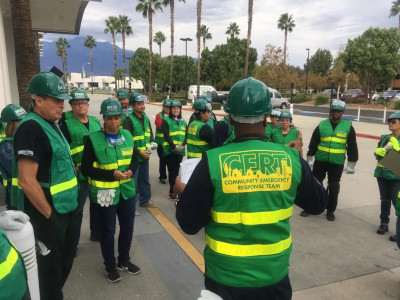Even a very simple plan can make all the difference when an emergency situation happens. People have died going into a burning house trying to rescue family members who were actually already outside. Family members have been subjected to needless worry and made unnecessary trips because loved ones failed to let them know they were okay. Critical needs have gone unmet, serious mistakes have been made, and lives have been lost due to the lack of communication.
Here are some important things to include in your plan, and to go over periodically with each family member:
Choose a Meeting Place
- Determine a place right outside your home where everyone is to meet in case of an emergency such as a fire. For example, you might instruct everyone to meet at the mailbox or next to a particular tree.
- Select a location outside your neighborhood in case you can’t return home, such as a friend’s house or a church, where you can gather in the event of an emergency.
- If you have children who frequently go to places such as a school or a park, designate a “safe house” along the route, where trusted friends can take care of them in an emergency.
- Designate a place in another town where you would go in the event of an evacuation, such as a relative’s home.
Have an Out-of-Town Contact
- Ask a relative or friend in a town or state some distance away to be your point of contact. After a disaster, it’s often easier to call long distance than locally. Be sure you know multiple ways to contact them, such as cell phone, land line, text, and email. Sometimes one method will work when others don’t.
- After a disaster, call your contact and let them know your location, who is with you, and what your situation is. Other family members who are affected but not with you should do the same.
- Consider who might be worried about you in the event of a disaster. and give them your contact’s information so they can call there if they can’t get hold of you directly.
Make a List
- Keep a list of the meeting places and contacts discussed above. Post it in a conspicuous place such as the refrigerator. Put a copy in your 72-hour kit as well.
- Prepare a wallet card or other portable copy of the list for each family member, that they can keep with them.
- Be sure to update the list and make new copies when the information changes.
Practice Your Plan
- Periodically hold a family fire drill to ensure that everyone knows what to do and where to meet.
- Occasionally remind family members of the plan and test their knowledge of what to do in an emergency.
- Do an emergency drill with the help of your out-of-town contact, and ask each family member to check in with their location and status.



